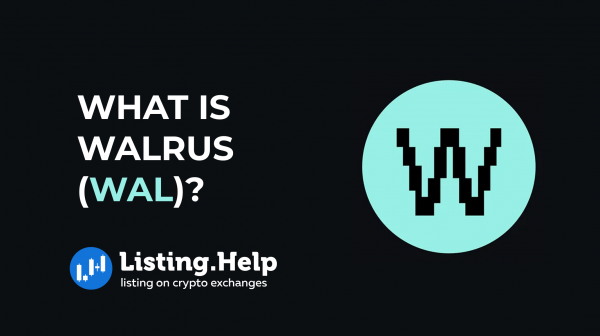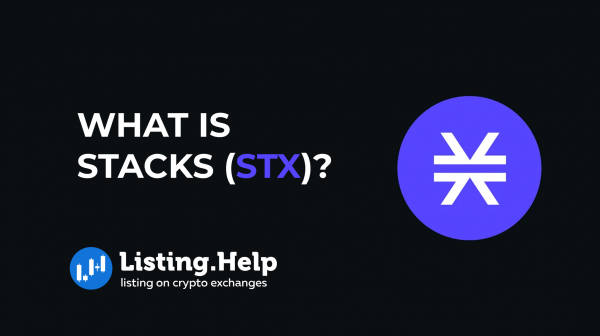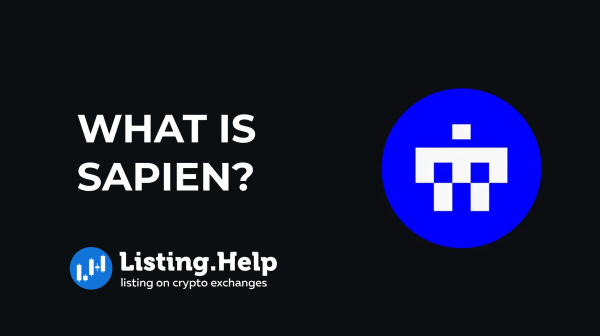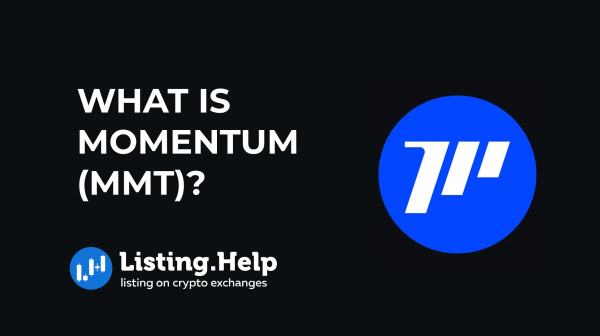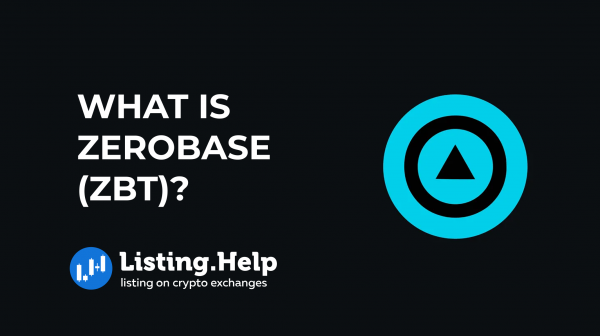What are Decentralized Physical Infrastructure Networks (DePIN)?
 April 22, 2024
April 22, 2024 Updated: January 27 2025, 06:55
Updated: January 27 2025, 06:55
LEAVE A REQUEST
Launching your own token project? Our experts are ready to help with listing on exchanges, market making, marketing and other solutions
SUBMIT APPLICATIONDecentralized physical infrastructure networks, often abbreviated as DePIN, appear poised to extend the reach of blockchain technology from the digital domain of Web3 into practical, everyday applications.
In the past year, we’ve witnessed the rise of this exciting trend, and as we move into 2024, the fascination with these networks is expected to intensify. This surge in interest stems from a growing awareness within the Web3 community of how they can harness the power of decentralization and community collaboration to introduce groundbreaking approaches in numerous established sectors.
What is DePIN?
DePIN stands for Decentralized Physical Infrastructure Network, a term used to describe a network where crowd-sourced providers offer various real-world services. These services are recorded on a blockchain, which serves as a public ledger. Providers are compensated for their services with cryptocurrencies, which may operate on the same or a different blockchain network.
In terms of function, the blockchain serves as an administrative, remittance, and record-keeping tool for DePINs. It creates a permissionless environment where any provider with adequate resources can offer services. Financial transactions are conducted through blockchain technology, enabling providers to receive their payments in cryptocurrencies. Furthermore, every transaction detail is meticulously documented on the blockchain, ensuring transparency as these records are accessible to the public.
DePINs are adaptable and find utility across various fields, from crowd-sourced geographical services to complex infrastructure marketplaces entirely reliant on blockchain technology.
DePIN Categories
PRNs focus on physical, location-specific resources. Providers contribute tangible assets related to connectivity, transportation, energy, and other similar areas. These assets are specifically tied to particular locations and are generally immovable, meaning they are designed to operate in fixed spots.
On the other hand, DRNs consist of providers who offer digital resources that are easily transferable. These include computing power, bandwidth, and storage, which aren’t tied to any physical location.
DePIN is redefining the interaction between blockchain technology and real-world applications in unprecedented ways. Here’s a basic outline of how DePIN operates:
How Does DePIN Work?
DePIN links physical assets with blockchain technology. To put it simply, the key participants are the physical assets managed by providers, middleware that connects these assets to the blockchain, and a blockchain that oversees this connection and handles transactions. Here’s a more detailed look at the process:
Physical infrastructure: This includes any physical asset managed by a provider, such as sensors, internet routers, or solar panels. These assets might already be owned by the providers before joining the DePIN network. This is akin to how a Proof of Work (PoW) blockchain network operates, where miners provide computing power.
Middleware: This component acts as the bridge between the physical world and the blockchain. It functions like a decentralized oracle network (DON) by collecting real-world data and communicating it to the blockchain. The middleware tracks and transmits data from the physical assets to the DePIN network.
Blockchain system: The blockchain receives data from the middleware and uses it to manage and remit transactions for both providers and users. It allocates demand among providers and calculates compensation based on their contributions, paid in cryptocurrencies. For users, the blockchain manages service procurement, integrating pricing models into the transaction system, and ensuring users are charged correctly for services used.
Advantages of DePINs
Why opt for DePIN over traditional methods? Here are the reasons:
Rapid Expansion: DePINs enable swift expansion by leveraging crowdsourced physical infrastructure, scaling quickly and cost-effectively. This is because the infrastructure costs are distributed among network participants and balanced against anticipated growth and earnings. For instance, NATIX has outpaced major companies like Google in mapping services by utilizing its vast user base.
Community Empowerment Over Corporate Control: Unlike traditional centralized systems focused on profit margins, DePINs allow communities to own and manage the hardware in the networks they rely on for goods and services. This community ownership aligns user interests with network growth and utilization. For example, ELOOP shares revenue from its car-sharing service with Tesla owners and users within its network.
Democratic Governance: Traditional infrastructure often falls under the control of centralized authorities that dictate usage terms. DePINs, however, operate under open, democratic governance models that make them more accessible and equitable. PowerPod, for example, contrasts sharply with conventional electric vehicle charging operators by allowing any charger owner to offer services.
Accessibility and Resistance to Censorship: DePINs are designed to be open and permissionless, ensuring they are free from undue censorship or access restrictions. This contrasts with centralized platforms, which may restrict data sharing to align with their own agendas. The Silencio network, for example, freely shares global noise pollution data, a stark contrast to more controlled data dissemination practices.
Innovative Investment Opportunities: DePINs introduce new investment avenues through tokenization and fractional ownership, creating a novel asset class within the global Web3 community. This allows for investment in real-world assets like green energy storage batteries, with platforms like penomo offering returns from revenue sharing.
These advantages are not just theoretical; they translate into substantial business benefits:
Cost Efficiency in Operation: By crowdsourcing both hardware and maintenance, DePINs significantly reduce capital and operational expenses compared to traditional models, where companies like telecoms invest heavily in infrastructure and maintenance.
Secure, Direct Transactions: Utilizing blockchain technology, DePINs facilitate secure, direct peer-to-peer payments without the need for intermediary payment processors, cutting out additional fees.
Web3 Integration: As entities born in the Web3 era, DePINs provide direct access to a suite of DeFi tools and services, such as financing for new hardware, which can open further revenue opportunities.
Lower Barriers to Entry: With reduced initial capital requirements, DePINs encourage competition and innovation in industries that have been static, fostering overall innovation.
Why DePIN Represents the Future
For entrepreneurs and startup founders, the DePIN business model offers a fresh entry into markets that traditionally have high barriers to entry. Imagine a scenario where two entrepreneurs want to start a new telecom service. Using conventional methods, they would need to secure hundreds of millions of dollars to buy and set up the necessary infrastructure, typically provided by well-established, centralized companies that dominate the industry.
Additionally, they would need to acquire physical space to house this infrastructure, which involves renting or buying expensive real estate. They would also need to hire a significant number of employees to maintain this network, thereby creating a large, centralized corporate structure designed to serve an existing market.
Choosing the DePIN approach, however, would alleviate many of these challenges. They could launch their network with a much lower upfront investment by leveraging community participation and creating digital infrastructure that facilitates this involvement.
In this model, both businesses and individual providers manage their own hardware and are responsible for its deployment and upkeep. This setup doesn’t lead to a traditional corporate structure but instead fosters a community that controls and operates its own services, holding both ownership and autonomy, and efficiently expanding as market demand dictates.

To explore more insights and discussions on the impact of blockchain and DeFi on various sectors, visit our blog at listing.help/blog. Here, you’ll find a wealth of informative articles that delve deeper into these transformative technologies.




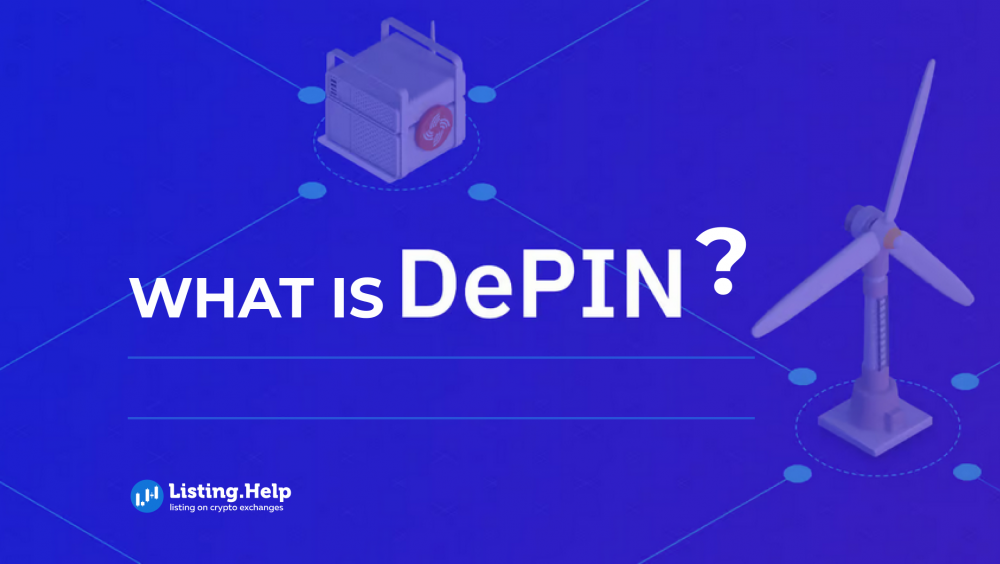


 December 22, 2025
December 22, 2025 